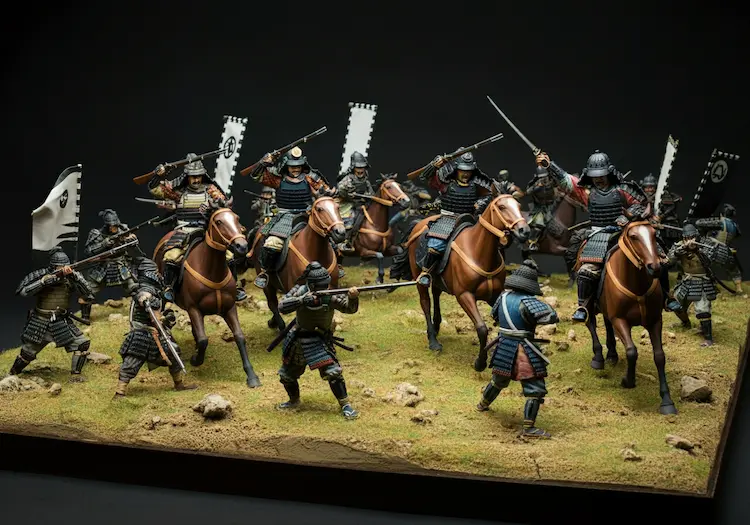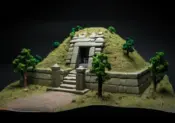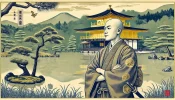Nara in the Sengoku Period – The Ancient City in Turmoil
The Sengoku period (1467-1603) was a time of intense conflict and upheaval throughout Japan, as feudal lords, known as daimyō, battled for power and territory. Nara, the ancient capital with its deep cultural and religious heritage, was not immune to these conflicts. During this time, Nara’s major temples and local powers faced significant challenges, striving to protect their heritage amidst the chaos. In this article, we explore how Nara navigated the stormy seas of the Sengoku era and preserved its cultural and religious significance.
- Early Sengoku Period in Nara – Regional Turmoil
- Matsunaga Hisahide and the Burning of Kōfuku-ji
- Tōdai-ji and Its Trials During the Sengoku Period
- Toyotomi Hideyoshi and the Restoration of Nara
- Cultural Continuity and Influence During the Sengoku Period
- Modern Connections to the Sengoku Period in Nara
- Conclusion: The Resilience of Nara Through the Sengoku Period
Early Sengoku Period in Nara – Regional Turmoil
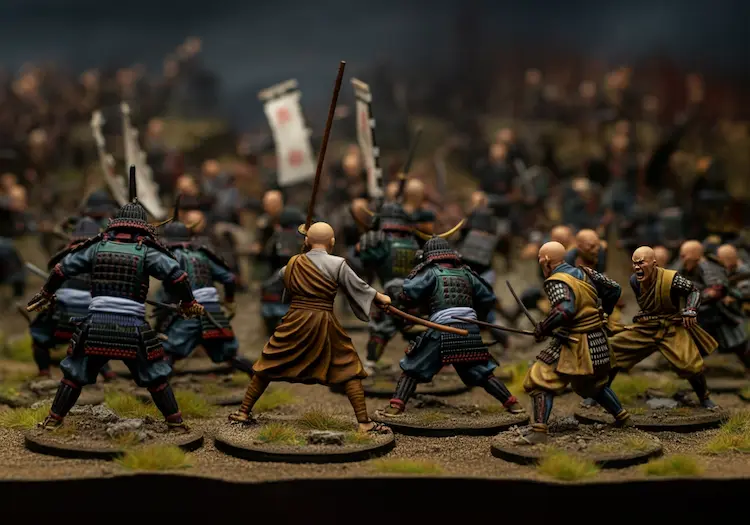
- Internal Conflicts and Temple Defense: The onset of the Sengoku period was marked by the outbreak of the Ōnin War (1467-1477), which had a profound impact on regions across Japan, including Nara. Temples such as Kōfuku-ji and Tōdai-ji were caught up in these internal conflicts. The warrior monks, or sōhei, played a crucial role in defending these temples from the encroaching forces of warring factions. Their military prowess and the fortifications they erected around the temple grounds were critical in protecting these sacred sites.
- Local Lords and Temple Relationships: Throughout the early Sengoku period, local daimyō vied for control over Nara and its surrounding areas. The complex relationship between these local lords and the major temples shaped the city’s fate. Kōfuku-ji, in particular, wielded significant influence, not only as a religious institution but also as a political player in the regional power struggles.
Matsunaga Hisahide and the Burning of Kōfuku-ji
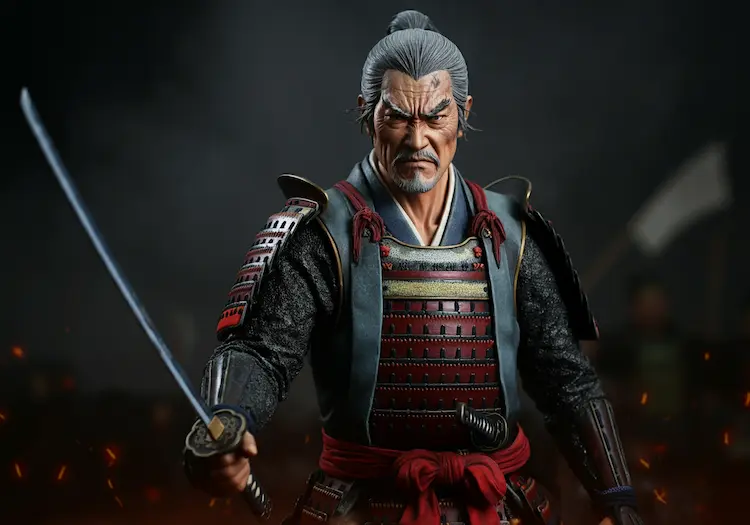
- The Rise of Matsunaga Hisahide: Matsunaga Hisahide, one of the most notorious warlords of the Sengoku period, had a significant impact on Nara. Hisahide sought to expand his influence in the region, and in 1567, he launched an attack on Kōfuku-ji. His actions were part of a broader strategy to solidify his power and weaken the influence of the temples that opposed him.
- The Burning of Kōfuku-ji and Its Aftermath: The burning of Kōfuku-ji by Matsunaga Hisahide was a devastating blow to Nara’s cultural and religious heritage. The temple, which had stood as a symbol of the Fujiwara clan’s power and the city’s spiritual core, suffered immense damage. The event shocked the local population and marked a period of cultural decline. However, the resilience of the monks and the community set the stage for future reconstruction efforts, showcasing the enduring spirit of Nara.
Tōdai-ji and Its Trials During the Sengoku Period
- Tōdai-ji Amidst the Fires of War: Tōdai-ji, one of Nara’s most iconic temples, also faced significant challenges during the Sengoku period. The temple was repeatedly threatened by local skirmishes and raids, and its vast wooden structures made it particularly vulnerable to fire. Despite these threats, the temple remained a focal point for religious practice and community life, serving as a beacon of hope for the people of Nara.
- The Role of Warrior Monks: The warrior monks of Tōdai-ji played a vital role in defending the temple from marauding forces. These monks were not only spiritual leaders but also skilled fighters who took up arms to protect their sacred grounds. Their efforts were instrumental in ensuring that Tōdai-ji continued to function as a place of worship and cultural preservation amidst the chaos of war.
Toyotomi Hideyoshi and the Restoration of Nara
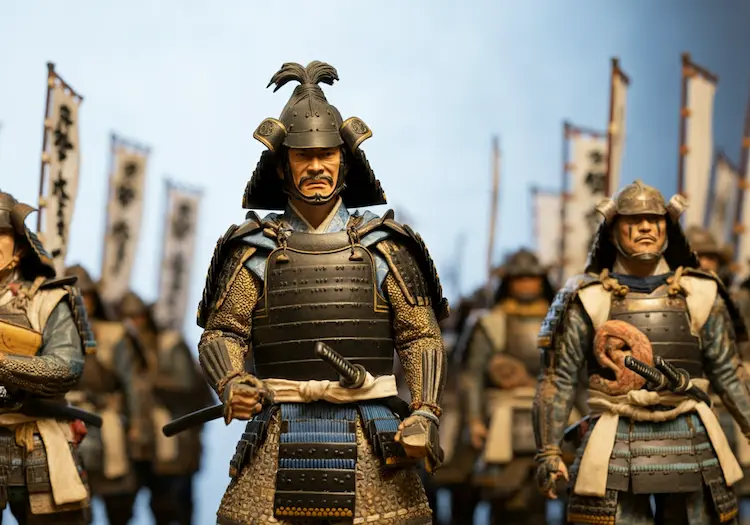
- Hideyoshi’s Intervention and the Stabilization of Nara: As the Sengoku period drew to a close, Toyotomi Hideyoshi emerged as a unifying figure in Japan. His intervention in Nara helped bring a degree of stability to the region. Hideyoshi recognized the cultural value of Nara’s temples and provided support for their reconstruction, including the Great Buddha Hall at Tōdai-ji. His efforts helped restore a sense of peace and prosperity to the city, allowing it to reclaim its role as a cultural hub.
- Economic Support for the Temples: Hideyoshi’s economic support was crucial for the temples’ recovery. By providing resources and encouraging commerce, he helped rebuild the infrastructure that had been lost during the decades of conflict. This period marked the beginning of a cultural renaissance in Nara, as artisans and monks worked together to restore the grandeur of the ancient temples.
Cultural Continuity and Influence During the Sengoku Period
- Preservation of Cultural Activities: Despite the ongoing conflicts, Nara managed to preserve many of its cultural activities. The monks of Kōfuku-ji and Tōdai-ji played key roles in safeguarding cultural treasures, including important manuscripts, statues, and relics. These efforts were vital in ensuring that the cultural heritage of Nara was not lost amidst the turmoil of the Sengoku era.
- The Role of Merchants in Supporting Nara: The economic activities of Nara’s merchants also contributed significantly to the city’s resilience. These merchants maintained trade routes and supplied the temples with essential goods, supporting both the religious and economic life of the city. Their efforts helped sustain the community and provided the resources needed for the temples’ survival and eventual restoration.
Modern Connections to the Sengoku Period in Nara
- Temples Preserving Sengoku-Era Heritage: Today, the temples of Nara, such as Kōfuku-ji and Tōdai-ji, still bear the marks of the Sengoku period’s trials. The damage they suffered and the subsequent restorations are part of their history, and visitors can learn about the resilience of these sacred sites through guided tours and museum exhibits. These stories of survival are an essential part of Nara’s identity.
- Cultural Events and Historical Exhibitions: Modern Nara honors its Sengoku-era heritage through various cultural events and exhibitions. Festivals that reenact the historical battles and the struggles of the warrior monks provide a vivid connection to the past. Special exhibitions at Tōdai-ji and Kōfuku-ji allow visitors to see artifacts from the period, offering a glimpse into the lives of those who lived through one of Japan’s most turbulent times.
Conclusion: The Resilience of Nara Through the Sengoku Period
Nara’s journey through the Sengoku period was marked by conflict, resilience, and eventual renewal. The city and its iconic temples faced immense challenges, from internal strife to direct attacks by powerful warlords like Matsunaga Hisahide. Despite these trials, the spirit of Nara endured. The efforts of the warrior monks, the support from figures like Toyotomi Hideyoshi, and the dedication of the local community all contributed to the city’s recovery. Today, Nara stands as a testament to the enduring strength of cultural heritage, inviting visitors to explore its rich history and draw inspiration from its story of survival.
